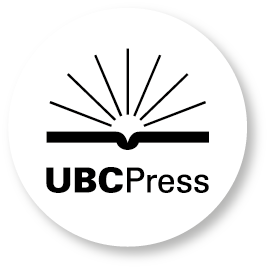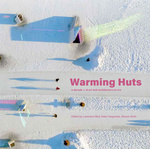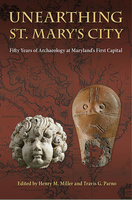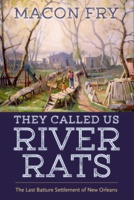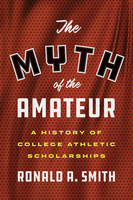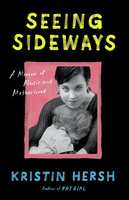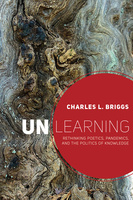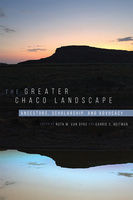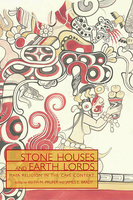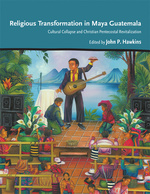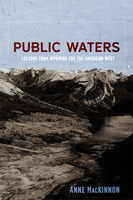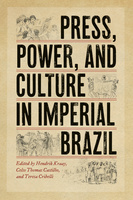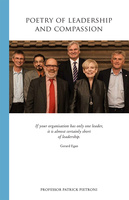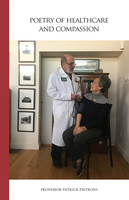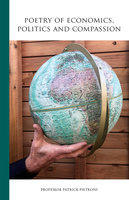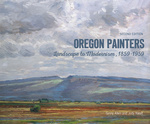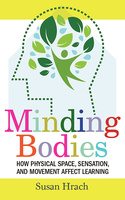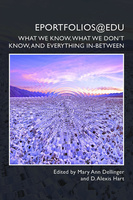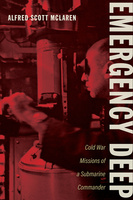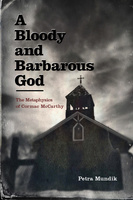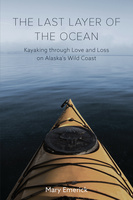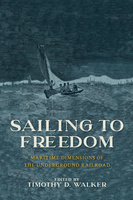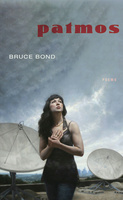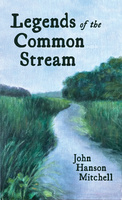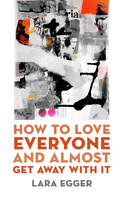Unearthing St. Mary's City
Fifty Years of Archaeology at Maryland's First Capital
This volume summarizes the remarkably diverse archaeological discoveries made during the past half century of investigations at the site of St. Mary’s City, the first capital of Maryland and one of the earliest European settlements in America.
They Called Us River Rats
The Last Batture Settlement of New Orleans
A celebration of those independent people who call the fringes of the mighty Mississippi home
The Myth of the Amateur
A History of College Athletic Scholarships
Seeing Sideways
A Memoir of Music and Motherhood
A History of Platform Mound Ceremonialism
Finding Meaning in Elevated Ground
This book presents a temporally and geographically broad yet detailed history of an important form of Native American architecture, the platform mound, revealing unexpected continuities in moundbuilding over many thousands of years.
Unlearning
Rethinking Poetics, Pandemics, and the Politics of Knowledge
A provocative theoretical synthesis by renowned folklorist and anthropologist Charles L. Briggs, Unlearning questions intellectual foundations and charts new paths forward. Briggs argues, through an expansive look back at his own influential works as well as critical readings of the field, that scholars can disrupt existing social and discourse theories across disciplines when they collaborate with theorists whose insights are not constrained by the bounds of scholarship.
The Greater Chaco Landscape
Ancestors, Scholarship, and Advocacy
The Greater Chaco Landscape examines both the imminent threat posed by energy extraction and new ways of understanding Chaco Canyon and Chaco-era great houses and associated communities from southeast Utah to west-central New Mexico in the context of landscape archaeology.
Stone Houses and Earth Lords
Maya Religion in the Cave Context
Religious Transformation in Maya Guatemala
Cultural Collapse and Christian Pentecostal Revitalization
Drawing on over fifty years of research and data collected by field-school students, Hawkins argues that two factors--cultural collapse and systematic social and economic exclusion--explain the recent religious transformation of Maya Guatemala and the style and emotional intensity through which that transformation is expressed.
Public Waters
Lessons from Wyoming for the American West
Public Waters shows how, as popular hopes and dreams meet tough terrain, a central idea that has historically structured water management can guide water policy for Western states today.
Press, Power, and Culture in Imperial Brazil
Press, Power, and Culture in Imperial Brazil introduces recent Brazilian scholarship to English-language readers, providing fresh perspectives on newspaper and periodical culture in the Brazilian empire from 1822 to 1889.
Poetry of Leadership and Compassion
This final volume in Professor Pietroni's impressive collection explores the concept of leadership. In developing its theme, the book introduces the myth of the great leader and details the attributes of the compassionate leader.
Poetry of Healthcare and Compassion
This eighth volume by Professor Pietroni focuses on why the concept of compassion is so important in our health-care system and what can be done to restore its centrality in the doctor/patient encounter.
Poetry of Economics, Politics and Compassion
In this volume Professor Pietroni explores the poetry of economics and politics using the metaphor of the Greek god Atlas, who carries Earth on his shoulders as punishment for being unhospitable to Perseus.
Oregon Painters
Landscape to Modernism, 1859-1959
Minding Bodies
How Physical Space, Sensation, and Movement Affect Learning
What happens to teaching when you consider the whole body (and not just “brains on sticks”)?
ePortfolios@edu
What We Know, What We Don’t Know, and Everything In-Between
This edited collection offers a comprehensive examination of best practices in creating, implementing, and assessing an ePortfolio program.
A Bloody and Barbarous God
The Metaphysics of Cormac McCarthy
A Bloody and Barbarous God investigates the relationship between gnosticism and the perennial philosophy and how these traditions have influenced the later novels of Cormac McCarthy, namely, Blood Meridian, All the Pretty Horses, The Crossing, Cities of the Plain, No Country for Old Men, and The Road.
The Last Layer of the Ocean
Kayaking through Love and Loss on Alaska's Wild Coast
There are five layers of the ocean, though most of us will only ever see one. The deepest layer is the midnight zone, where the only light comes from bioluminescence, created by animals who live there. In order to see, these creatures must create their own light. They move like solitary suns, encased in their own bubbles of freezing water. This is the most remote, unexplored zone on the planet. Though hostile to humans, it’s a source of rapt fascination for Mary Emerick, who would go there in a heartbeat if she could.
The year Emerick turned 38, the suicide of a stranger compelled her to uproot her life and strike out for Alaska, taking a chance on love and home. She learned how to travel in a small yellow kayak along the rugged coast, contending with gales, high seas, and bears. She pondered the different meanings of home from the perspectives of people who were born along Alaska’s coast, the first peoples who had been there for generations, newcomers who chose this place for themselves, and the many who would eventually, inevitably leave. When she married a man from another island, convinced that love would stick, she soon learned that marriage is just as difficult to navigate as the ocean.
Divided into sections detailing the main kayaking strokes, with each stroke serving as metaphor for the lives we all pass through and the tools needed to stay afloat, this eloquent memoir speaks to the human need for connection—connection to place and to our fellow travelers casting their bubbles of light in the depths.
